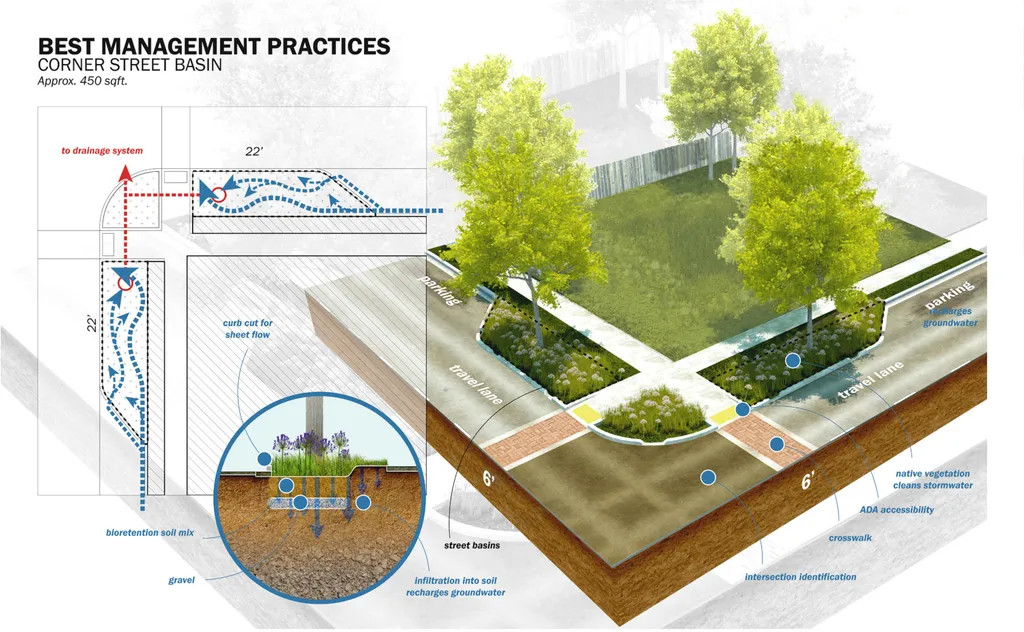In the heart of China’s Pearl River Delta, the city of Guangzhou has long danced with water, its urban fabric shaped by the ebb and flow of rivers and the relentless march of progress. Now, research led by Yuting Tai from TU Delft’s Architecture and the Built Environment faculty is shedding new light on how the values we place on water can reshape our cities and, crucially, our approach to urban planning and design.
Tai’s research, published in ‘A+BE: Architecture and the Built Environment’ (Architecture and the Built Environment), delves into the complex interplay between water and urban development, using Guangzhou as a case study to explore how values related to water have evolved over time. “The recognition of diverse water values can help bridge the interplay between physical and societal systems within the delta,” Tai explains, highlighting the potential for this understanding to inform more sustainable and liveable urban water environments.
The study identifies four key aspects of water values: flood safety, economic, social, and environmental. By examining Guangzhou’s spatial development across three distinct periods—the waterways city (pre-1920s), the functional city (1920s-1970s), and the pluralistic city (post-1970s)—Tai reveals how the city’s relationship with water has shifted in response to changing natural dynamics, societal needs, and emerging risks.
For the energy sector, these findings could have significant implications. As delta cities worldwide grapple with flood risks and environmental pressures, the need for integrated urban planning and design strategies becomes ever more pressing. By understanding the complex web of values that shape our relationship with water, energy companies can better anticipate and adapt to the evolving needs of these dynamic urban landscapes.
Tai’s research also underscores the importance of acknowledging value conflicts as a driving force for change. “Understanding the interrelations between values, either synergic or conflicting, is important to evaluate spatial policies and define future development orientations,” Tai notes. This insight could prove invaluable for energy sector stakeholders seeking to navigate the complex social and environmental landscapes of delta cities.
Moreover, the study highlights the persistence of traditional values within societies, pointing to core cultures and common interests that can adapt to changing contexts. This resilience could offer valuable lessons for the energy sector as it seeks to balance the need for innovation with the importance of preserving and building upon existing cultural and social frameworks.
As delta cities continue to grow and evolve, the insights gleaned from Tai’s research could play a pivotal role in shaping more sustainable and resilient urban environments. By embracing a more nuanced understanding of water values, the energy sector can help drive forward-thinking urban planning and design strategies that benefit both people and the planet.

